COLLAGES
Il Palazzo Enciclopedico
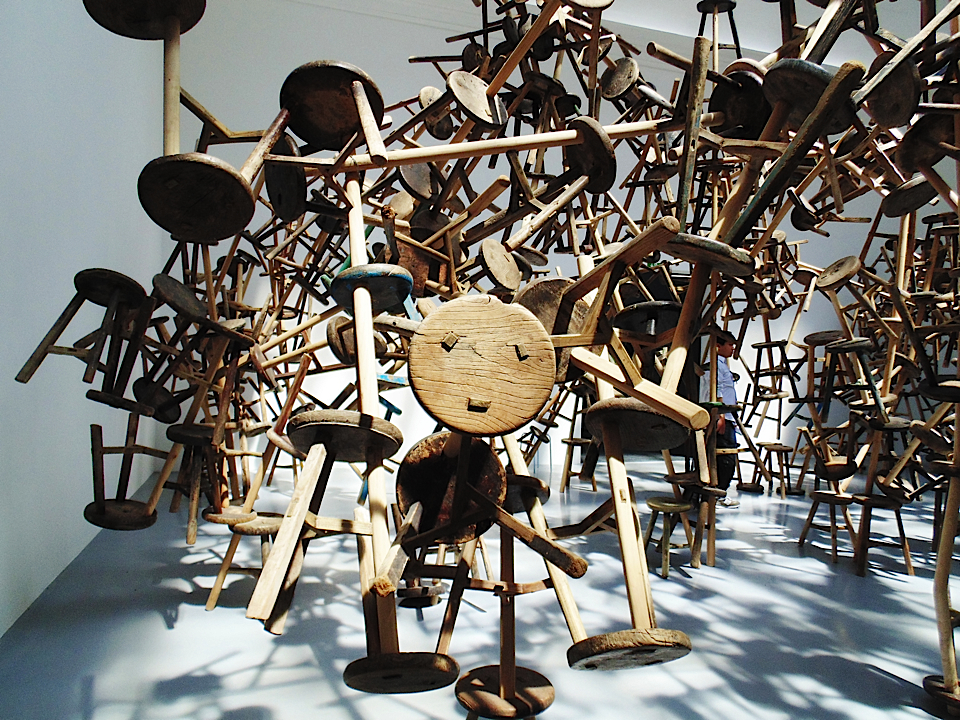
Art by Ai Weiwei
Magda di Siena is an architect, an interior stylist and an art consultant. Her work is focused on projecting and setting exhibitions, fair stands, paper advertisements. She visited the last edition of Venice Art Biennale and shares with us her thoughts and photos.
The 55th edition of Venice Art Biennale is titled “Il Palazzo Enciclopedico” (The Encyclopedic Palace) in tribute to an ambitious work of Marino Auriti: an architecture model for an ideal museum, conceived in 1955 to store all the human knowledge. This work has been chosen as an emblem of the prestigious event by the curator Massimiliano Gioni , due to its conceptual analogy with the present state of culture. Collect, store, catalog, connect, all these transactions are directly linked to knowledge, which shifts its axis on, in a continuous tension towards the infinite. The work of art often becomes an intermediary between earth and cosmos, between cognitions we have achieved and what represents still a pure horizon. This reflection has allowed to create a wide-ranging exhibition which spans not only art classified as such by the laws of the market, but all of those creative works (including collections of objects) that in some way have tried, in different forms, with various means, to understand the relations between different things or placing themselves in a position of dialogue with the laws of nature. In particular with regard to the latter point is interesting the space in the central pavilion, where are exposed the designs made during some lectures by Rudolf Steiner, the founder of anthroposophy, which represent, together with the Red Book of Jung at the entrance, the opening to a broader conception of art itself as synonymous of imagination; a conception which makes art more approachable, less absolute and bounded, more relative, or better puts the absolute and the relative as intersections.
So, not only artists, but scholars, philosophers, scientists, polyhedral figures or simple obsessed with the idea of accumulation, who have tried to give sense of certain phenomena or to express, in a visionary way, the unexplained. The sense of incompleteness of knowledge, imperfect and superficial, as it appears today in its form accessible to all through the web, is a source of additional important considerations. In the world we live in the knowledge looks like a huge block notes full of sketchs, some of which are clear and open the door to the rooms of study, others are almost indecipherable tracing the road toward the riddle.
Yet all this is today residing in one large container.
The Venice Art Biennale want to represent the concept of co-existence in its exhibition space where one can admire the statuary and totemic works in the Egyptian pavilion from the eloquent title: “Treasuries of knowledge” (with a reference to ancestral symbols of knowledge), and then go on toward the Polish pavilion and his relativism expressed in the title: “Everything was forever, until it was no more” by Konrad Smolenski. One can be accompanied in the path of the Swiss pavilion by a metal sculpture in the shape of a serpent (archaic symbol of knowledge), or find a precise location through triangulation proposed by Sara Tse in “triple point” in the United States Pavilion; one can lose itself among the shades of natural stones collected by Roger Caillois (Central Hall), looking for a connection with the land and its minerals, or pass through the works of Simryn Gill (Australian Pavilion): compositions of circular artificial objects.
A multitude of objects perhaps insignificant individually, but showing striking compositional effects if grouped , such as the spatial articulation that Ai Weiwei creates through connections of Chinese traditional stools (Bang, 2010-2013). It may be noted the alienating and distancing isolation of the work Untitled of Cathy Wilkes (Central Pavilion) and then be captured by woman’s beauty as expressed in its fragility through a thin red silk thread by Yiqing Yin (Venice Pavilion); admire the moebius strip ( Max Bill in the Brazil pavilion) which relates art with mathematical formulas and than admire unplayable forms related to the here and now created by Ron Nagle (Central Pavilion).
Totem and ephemeral, symbols and contradictions, academic painting and tribal painting: everything exists in the same moment and different things, such as files on a PC, can be saved all together in a single folder. This folder may become, as in this 55th Venice Art Biennale, a physical space and more: an attitude, a new ability, starting from collections or combinations, to tell new extraordinary stories.
Photos and text by Magda Di Siena
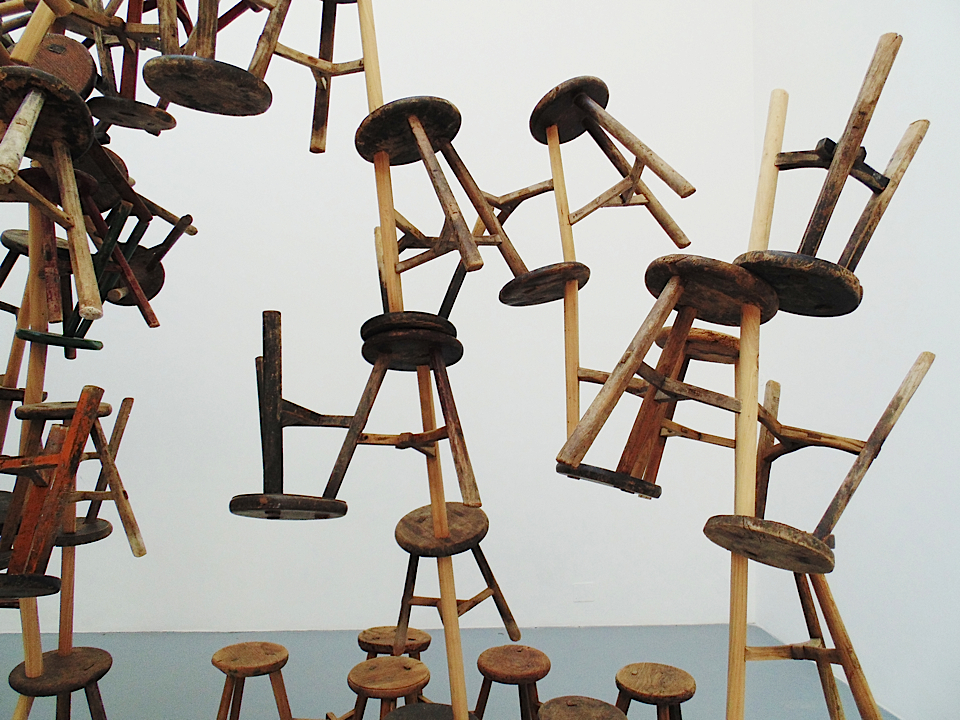
Art by Ai Weiwei
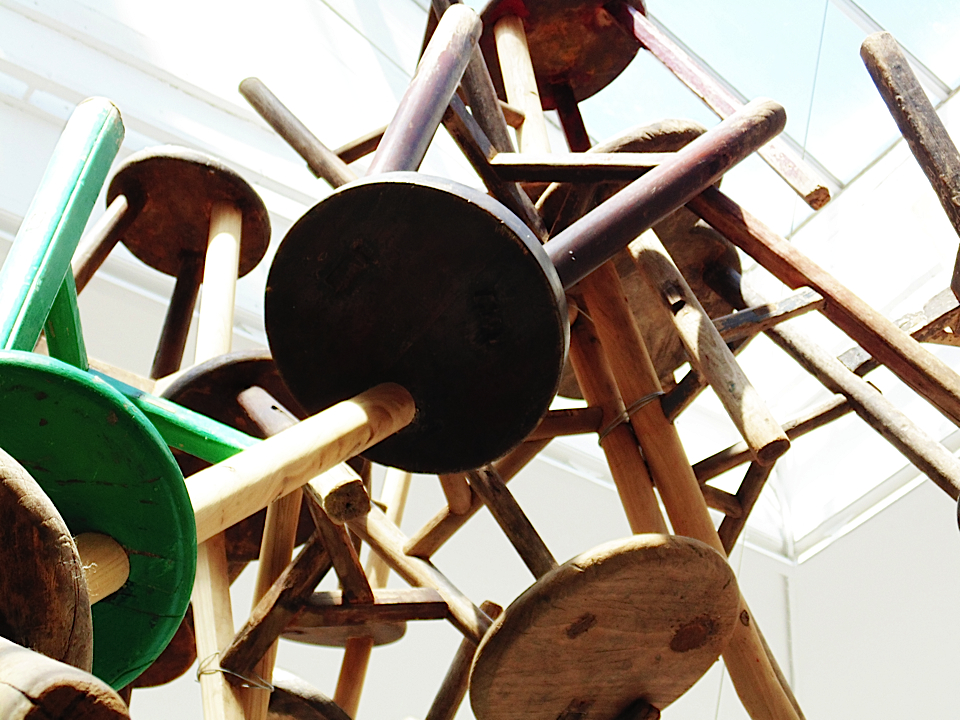
Art by Ai Weiwei
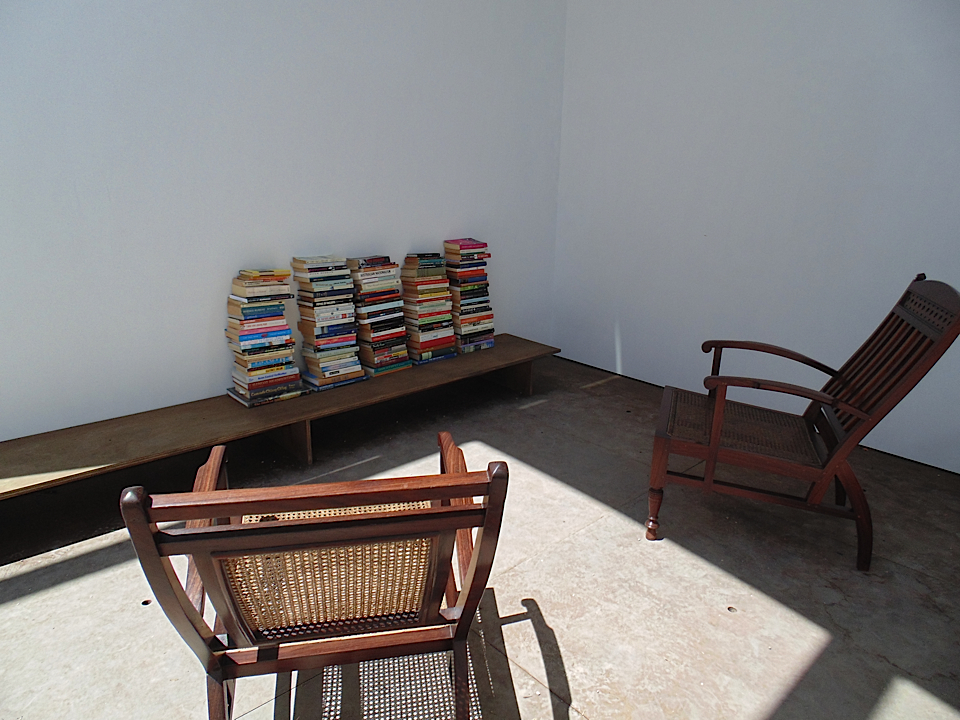
Australian Pavilion Title: Here art grows on trees Artist: Simryn Gill
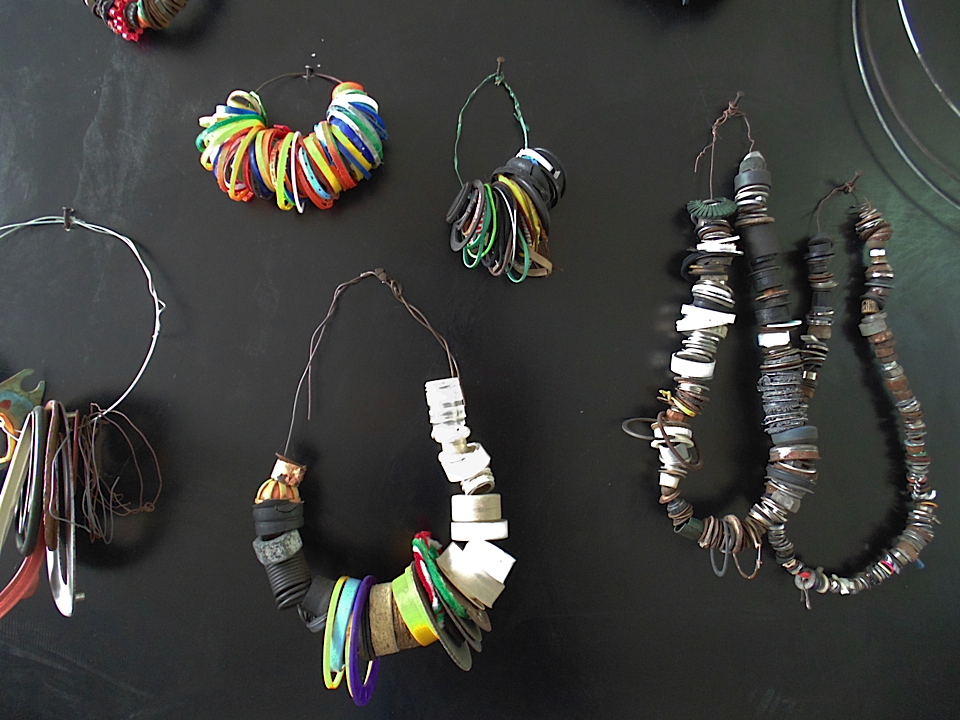
Australian Pavilion Title: Here art grows on trees Artist: Simryn Gill
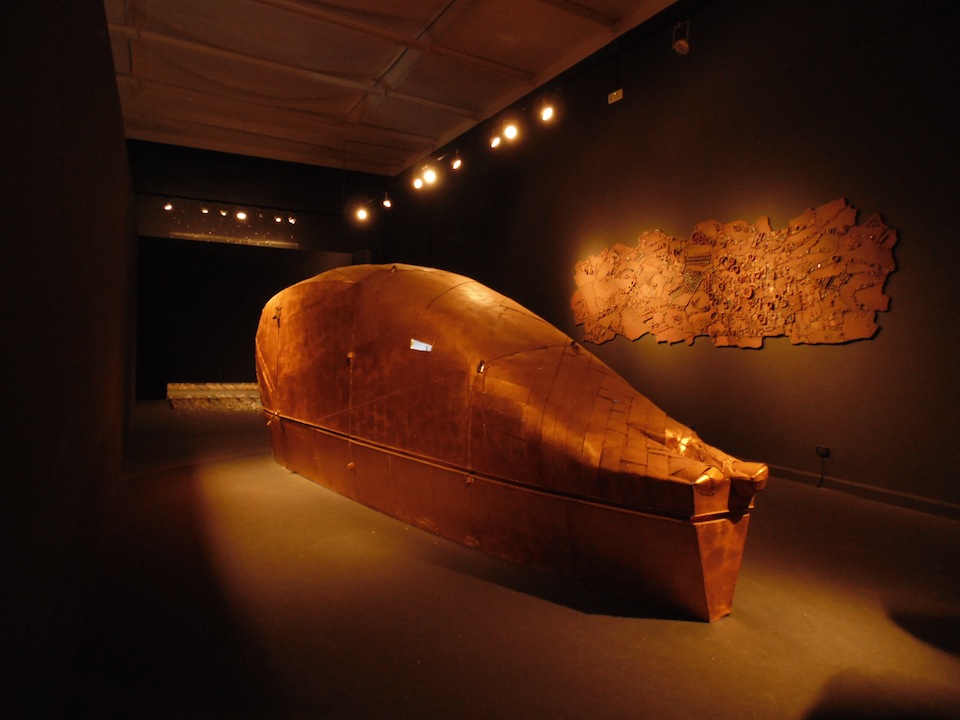
Egyptian Pavilion - Artist: Mohamed Banawy, Khaled Zaki Curator: Khaled Zaki Title: Treasuries of Knowledge
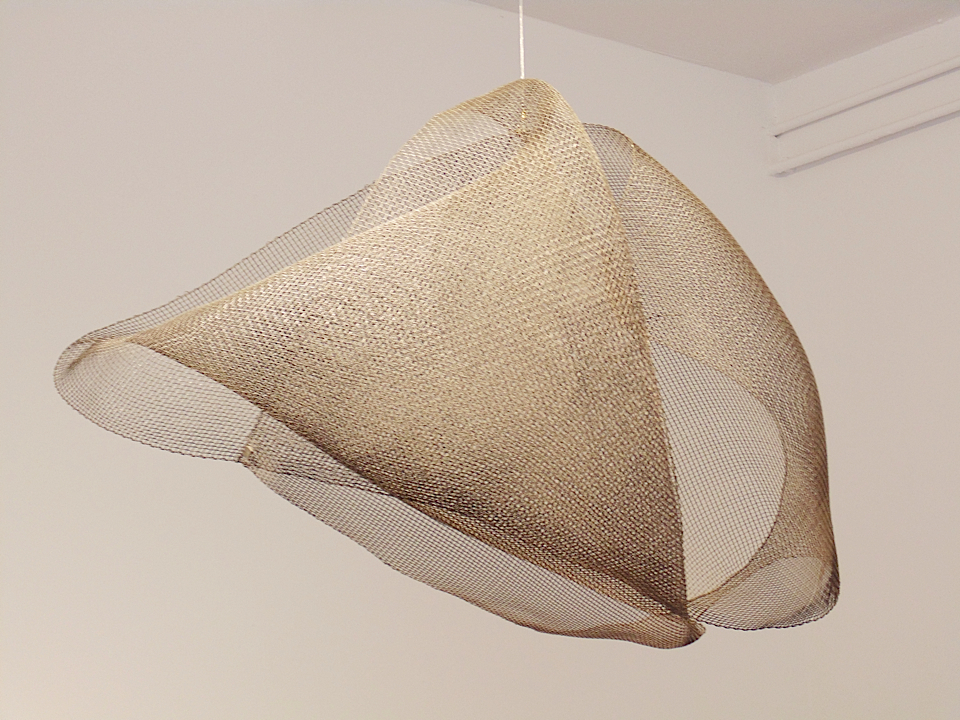
BRASILIAN PAVILION Artists: Hélio Fervenza Odires Mlászho Lygia Clark Max Bill Bruno Munari
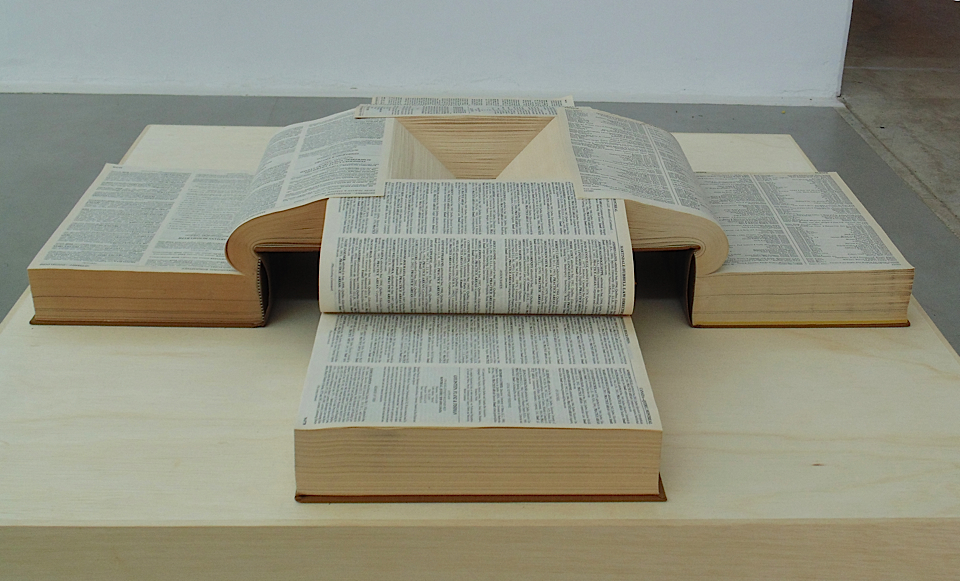
Brasilian Pavilion Artists: Hélio Fervenza Odires Mlászho Lygia Clark Max Bill Bruno Munari
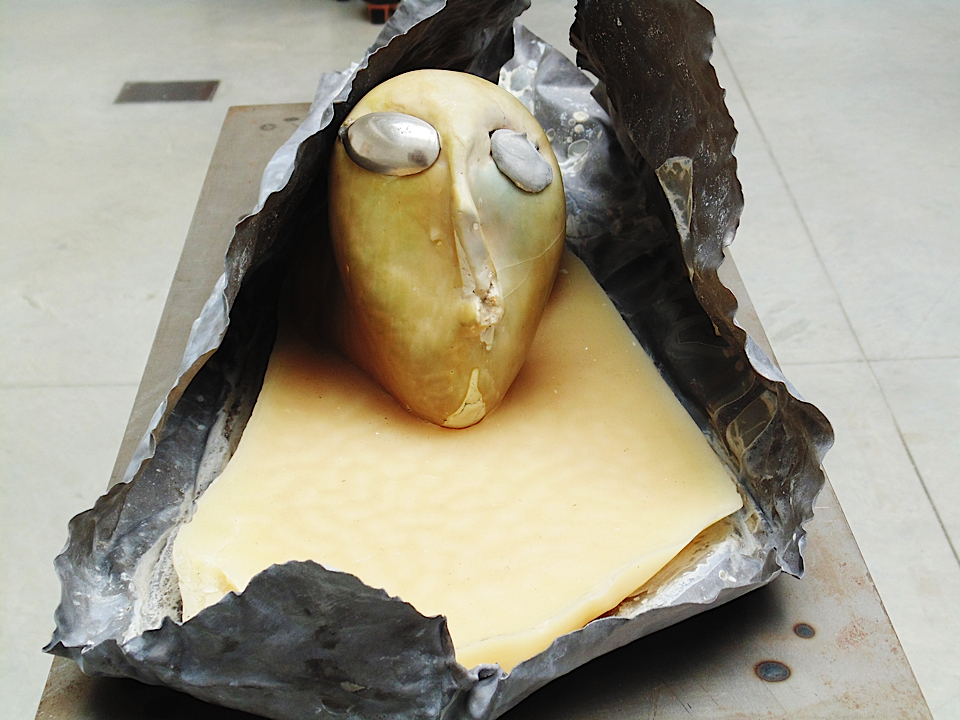
Central Pavilion : Marisa Merz, Testa, 1984-95 , (Argilla cruda, cera, stagno, piombo, metallo, base in ferro)
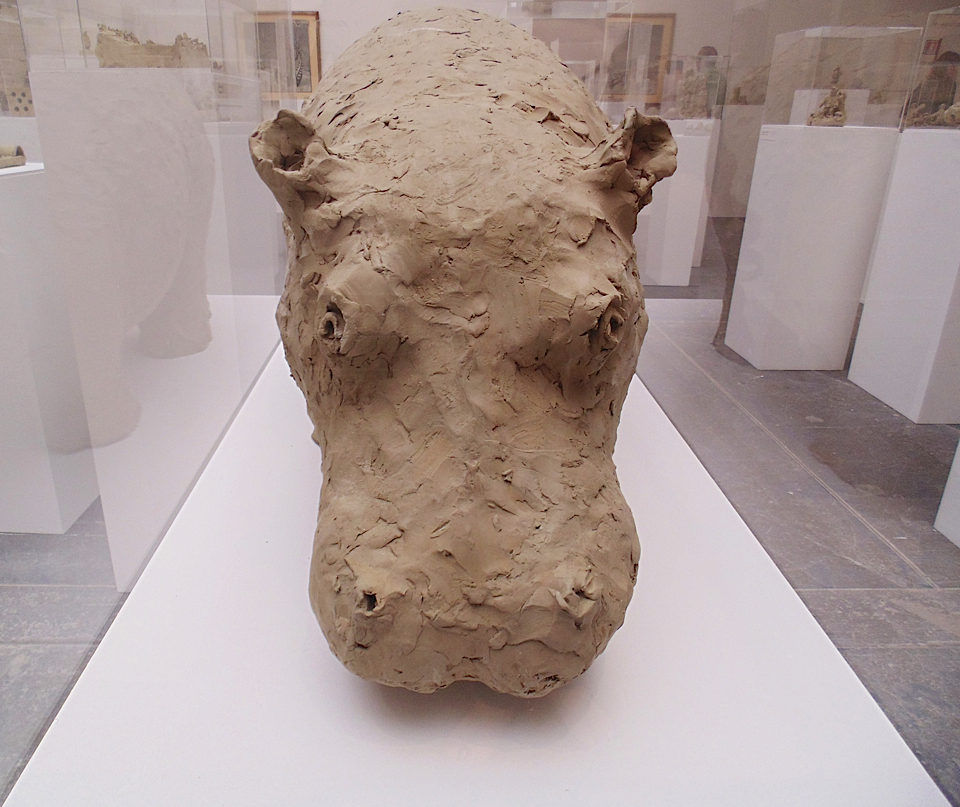
Central Pavilion : Peter Fishli and David Weiss
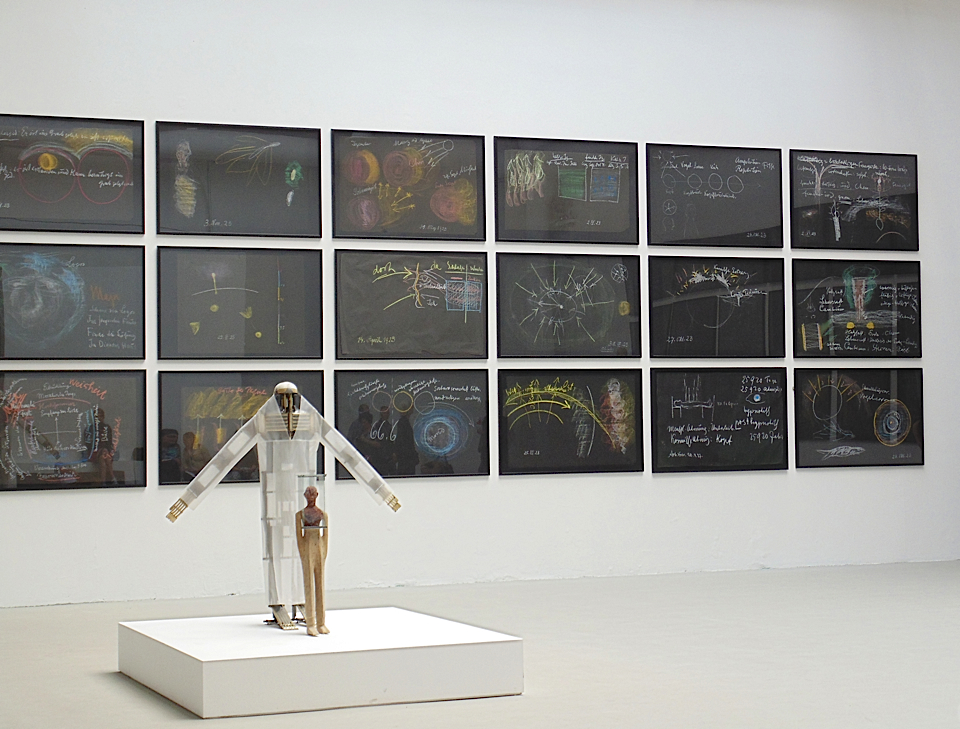
Central Pavilion : Peter Fishli and David Weiss
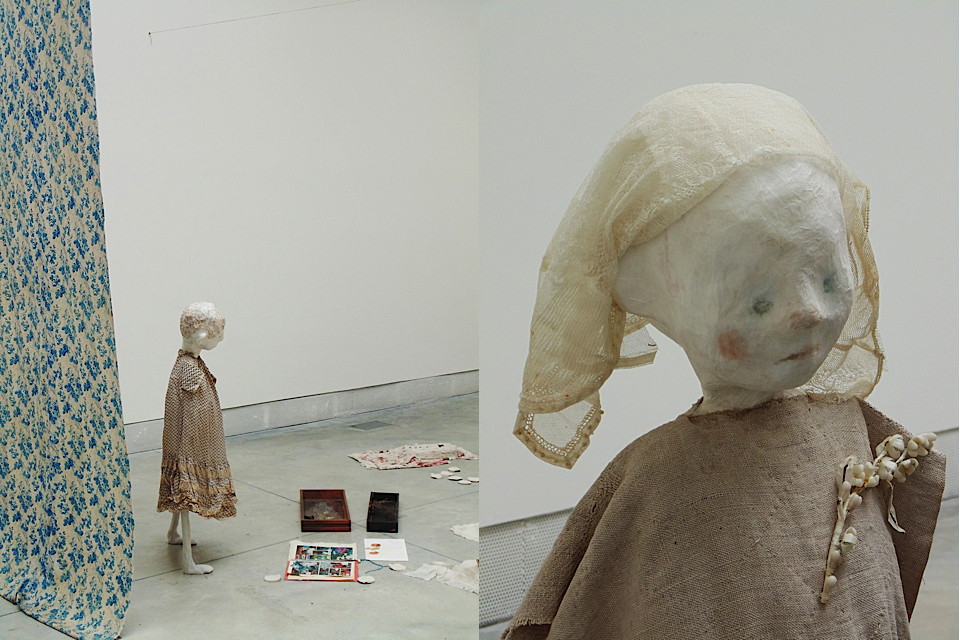
Central Pavilion - Cathy Wilkes, Untitled 2013, materiali vari
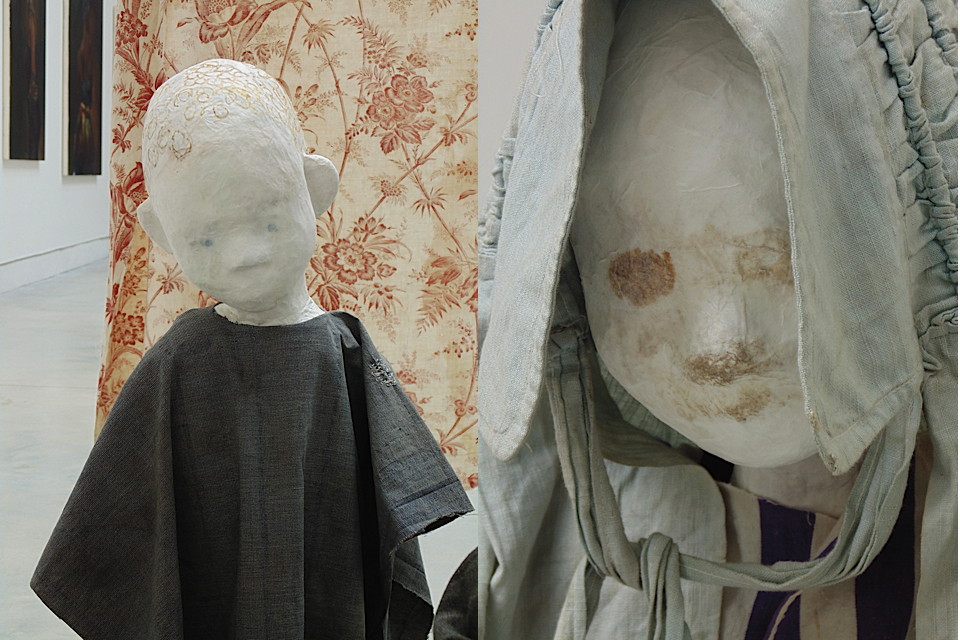
Central Pavilion - Cathy Wilkes, Untitled 2013, materiali vari
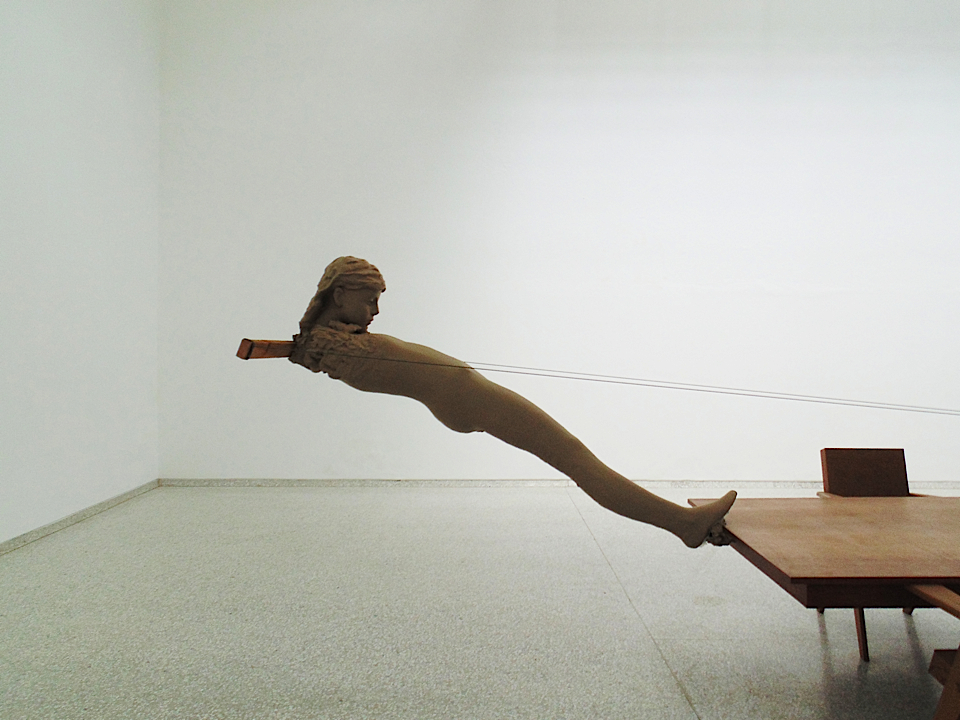
Dutch Pavilion- Artist : Mark Manders Title : Room with Broken Sentence - Curated by Lorenzo Benedetti - Commissioner: Mondriaan Fund
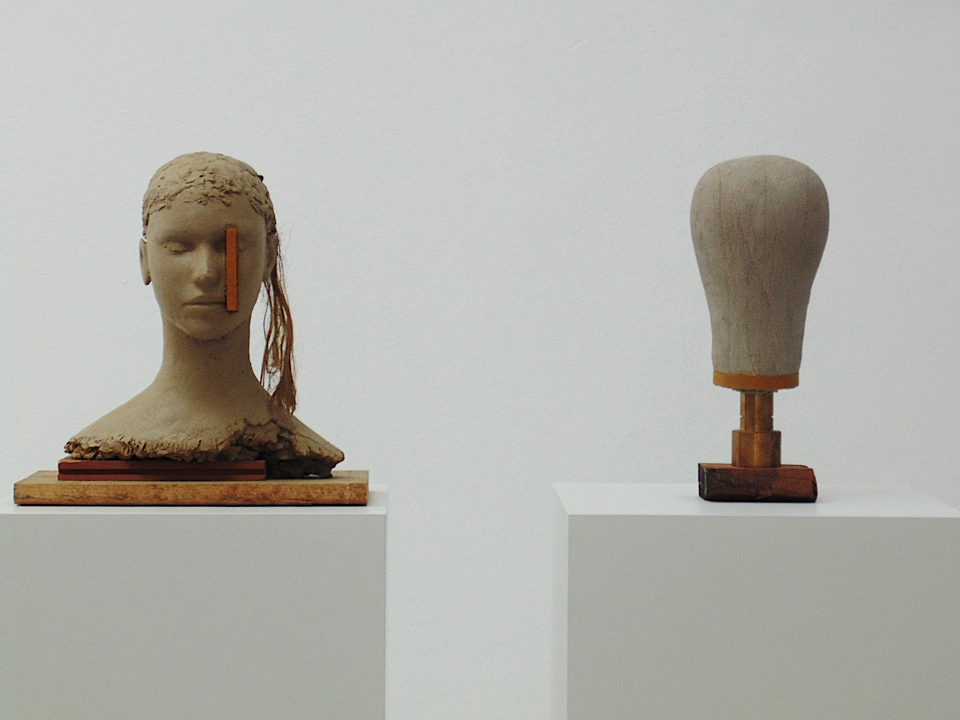
Dutch Pavilion- Artist : Mark Manders Title : Room with Broken Sentence - Curated by Lorenzo Benedetti - Commissioner: Mondriaan Fund
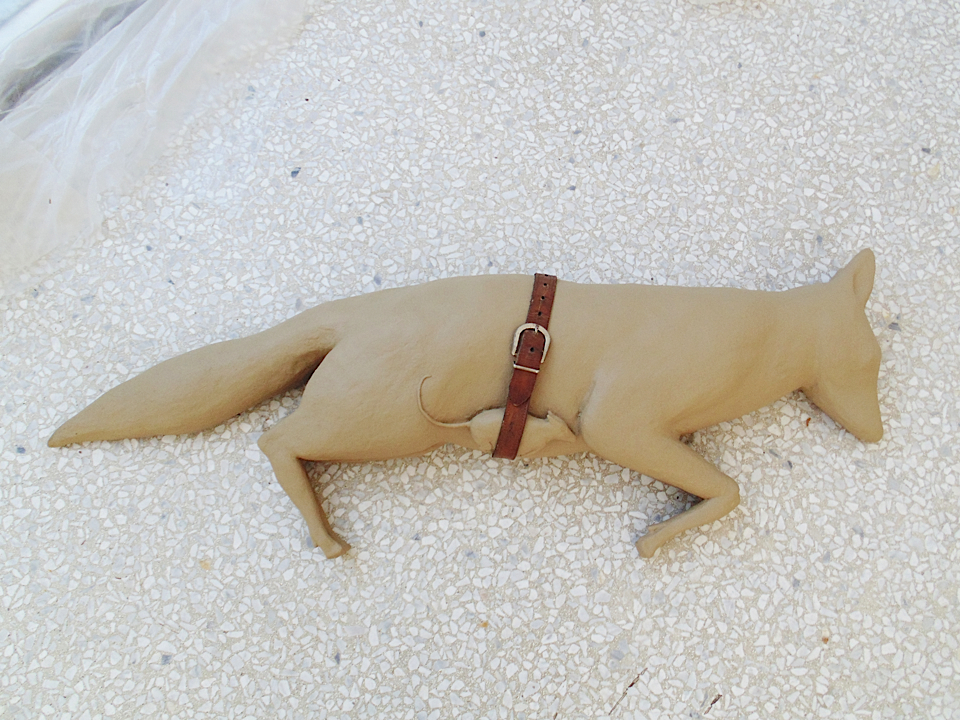
Dutch Pavilion- Artist : Mark Manders Title : Room with Broken Sentence - Curated by Lorenzo Benedetti - Commissioner: Mondriaan Fund
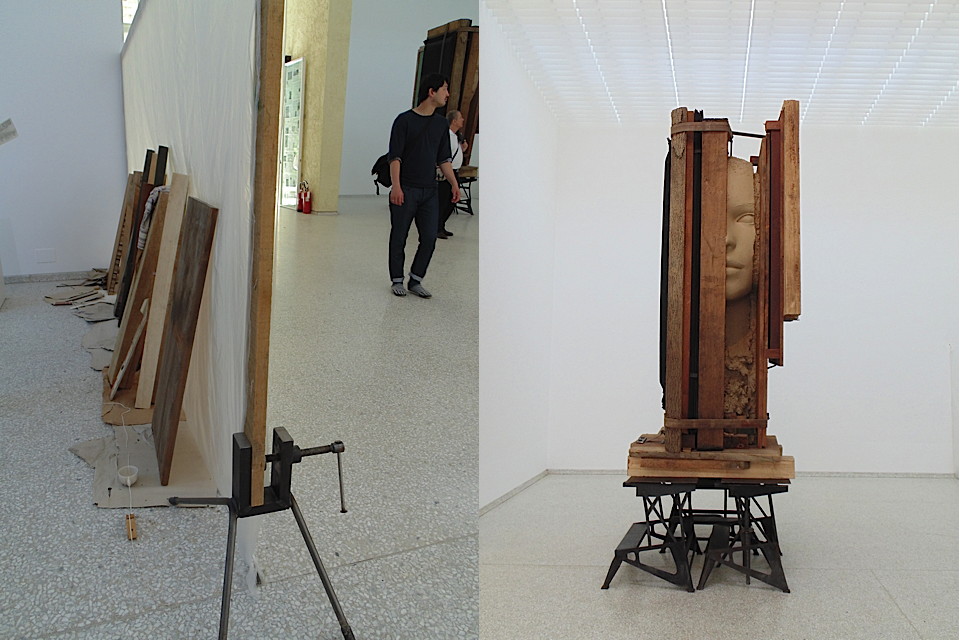
Dutch Pavilion- Artist : Mark Manders Title : Room with Broken Sentence - Curated by Lorenzo Benedetti - Commissioner: Mondriaan Fund
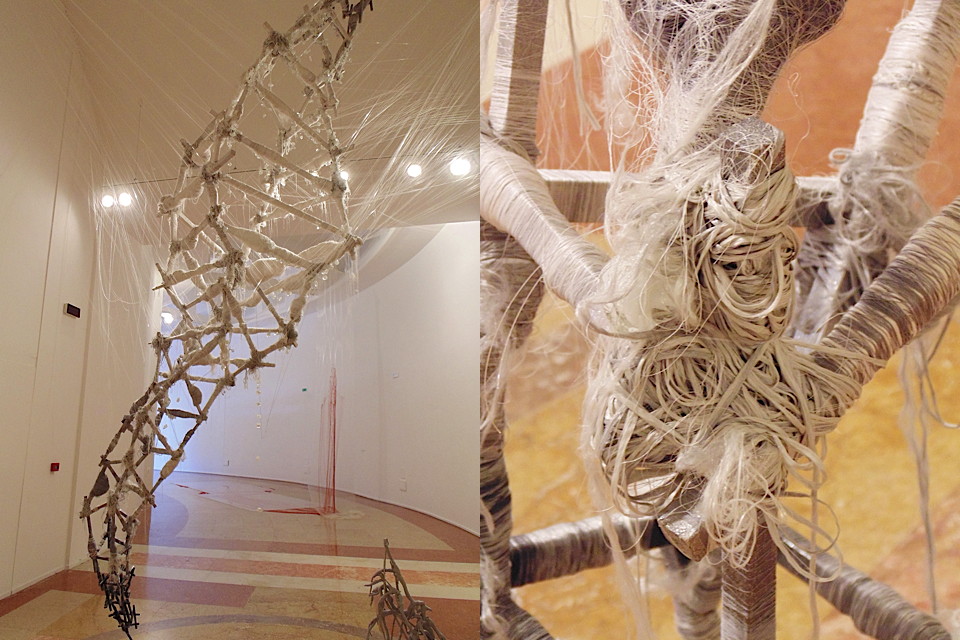
Venice Pavilion - Marya Kazoun, Of selves, pixies and goons
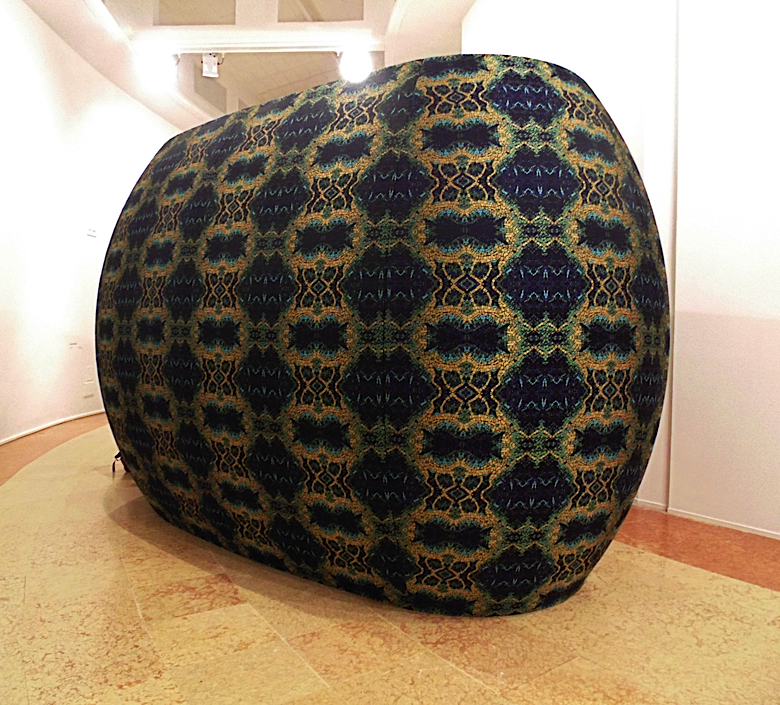
Venice Pavilion - Marialuisa Tadei, Il castello di sole

